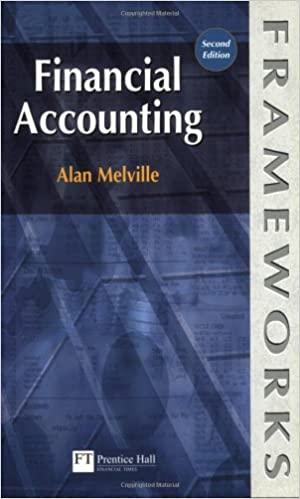



fiscal year ended December 31 : January 19. April 3. July 16 . November 23. December 31 . December 31. Relnstated the account of Arlene Gurley, which had been written off in the preceding year as uncollectible. Journallzed the receipt of $2,660 cash in full payment of Arlene's account. Wrote off the $12,750 balance owed by Premler GS CO0, which is bankrupt. Received 25% of the $22,000 balance owed by Hayden Co., a bankrupt business, and wrote off the remainder as uncollectible. Reinstated the account of Harry Carr, which had been written off two years earlier as uncollectible. Recorded the recelpt of $4,000 cash in full payment. Wrote off the following accounts as uncollectible (compound entry): Cavey Co., $3,300; Fogle Co., $8,100; Lake Furniture, $11,400; Melinda Shryer, $1,200. Based on an analysis of the $2,350,000 of accounts recelvable, it was estimated that $60,000 will be uncollectible. Journalized the adjusting entry. 1. Record the January 1 credit balance of $50,000 in a T account presented below in requirement 2b for Allowance for Doubtul Accounts. 2. a. Joumalize the transactions. If an amount box does not require an entry, leave it blank. Note: For the December 31 adjusting entry, assume the $2,350,000 balance in accounts receivable reflects the adjustments made during the year. 2. b. Post each entry that affects the following T accounts and determine the new balances: 3. Determine the expected net realizable value of the accounts receivable as of December 31 (after all of the adjustments and the adjusting entry). $ 4. Assuming that instead of basing the provision for uncollectible accounts on an analysis of receivables, the adjusting entry on December 31 had been based on an estimated expense of 1/2 of 1% of the sales of $15,800,000 for the year, determine the following: a. Bad debt expense for the year. b. Balance in the allowance account after the adjustment of December 31 . s c. Expected net realizable value of the accounts receivable as of December 31 (after all of the adjustments and the adjusting entry). $










